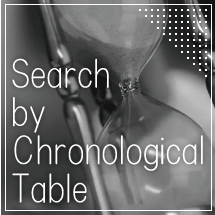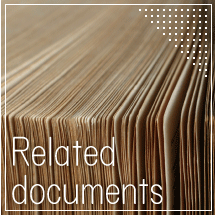
Homeland and Overseas, as Seen in Archival Records : Personnel Changes around Former Colonies and Occupied Territories

Here you can investigate the careers of bureaucrats who worked in former colonies and occupied territories.

Search for files using tables that illustrate the organizational changes to administrative institutions that had been established in the former colonies and occupied territories, as well as tables that present a chronology of events, legislation, and similar developments.
Before defeat in the Pacific War, Japan had colonies it administered overseas.
The Japanese Army and Navy also oversaw occupied territories taken after that conflict broke out.
To such ends, Japan established the Territorial Government of South Seas Islands, the Office of the Governor-General of Taiwan and Korea, and the Colonial Governments of Karafuto and Kwantung to administer those respective colonies and territories.
These various institutions were run not just by military men but also by large numbers of bureaucrats dispatched from the Japanese homeland.
This glossary entry examines the impacts that their appointments to former colonies and territories had on these bureaucrats' careers.
This web exhibition looks at Japan's former colonies and occupied territories from the perspective of organizational changes in the governing institutions Japan established there, personnel movements among such institutions in the Japanese homeland and the former colonies and occupied territories, and the careers of bureaucrats who worked in the former colonies.
Its specific goal is to shed light on what impact the existence of these former colonies and occupied territories had on Japan's government institutions and bureaucracy.
The digitized documents used for this exhibition come from JACAR's publicly accessible database.
For details about relevant materials held at other institutions, please see the "Related Documents" section.
![Homeland and Overseas, as Seen in Archival Records : Personnel Changes around Former Colonies and Occupied Territories [JACAR Glossary]](../images/logo.png)


